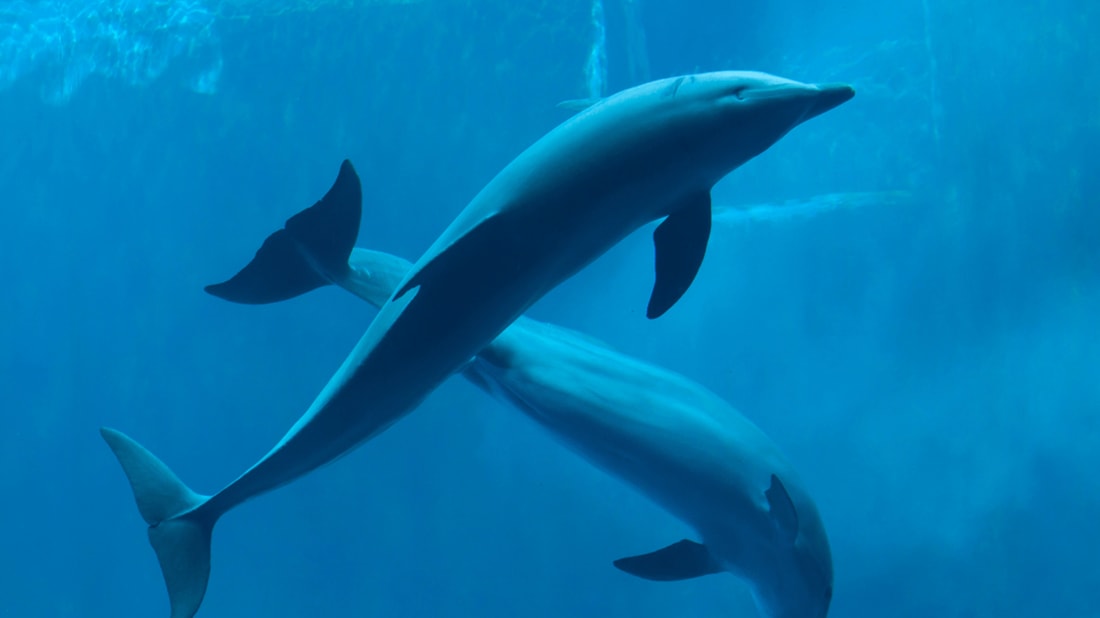

They detached the genitals from common and bottlenose dolphins, common porpoises and common seals, removing the vaginal opening, clitoris, cervix and ovaries from the females and the “penis tip and the entire shaft through to the pelvic bone,” from the males, according to Orbach. So Orbach and her co-authors collected dead dolphins - all of which had died of natural causes - to figure out how dolphins mate. Researchers also know that dolphin and cetacean penises come in a ton of different shapes and sizes, but knew little about cetacean vaginas. These packs then surround a female and take their turns – giving the female little to no choice on who gets her pregnant. What researchers do know is that when male bottlenose dolphins are looking to mate, they form packs of two to four dolphins in order to fight off any competitors. “I’ve done several of them, so I can tell you.” “There are very few studies of the mating behavior of cetaceans because of these challenges,” Dara Orbach, an author of the study, told Motherboard. Patricia Brennan, one of the study’s co-authors, makes a silicone mold of the dolphin’s genitals.

They live far from shore, in the middle of the ocean and are always on the move, making it hard for researchers to observe them for very long, let alone catch them having sex. Scientists have long had trouble figuring out how dolphins - or cetaceans in general - get it on. Their findings were published in Proceedings of the Royal Society. Researchers looked at an array of dolphin species to figure out how they have sex and found that bottlenose dolphins and common porpoises have genitalia that’s evolved to act as a barrier to unwanted fertilization. Some female dolphins have vaginas that bat away unwelcome penises, according to a new study.


 0 kommentar(er)
0 kommentar(er)
